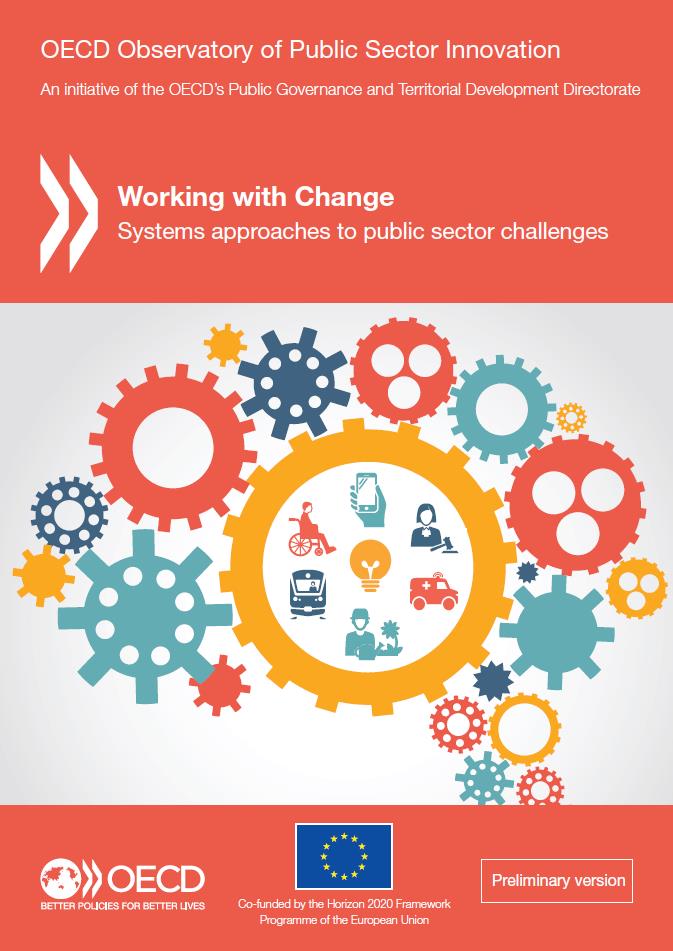Priyanka Dutt at BBC Media Action: “Anyone working in international development will attest that human-centred design (HCD) has been a ‘trending topic’ in recent years. Design thinking has been applied to a range of challenges, from supporting democratic transition in Libya to building an all-terrain wheelchair for under $200. Melinda Gates even hailed HCD as the innovation changing the most lives in the developing world.
But what exactly is design thinking? It involves bringing together multi-disciplinary teams – think creative writers working alongside ICT specialists – to address challenges through rapid prototyping and repeated testing. At the core of HCD is building empathy with the people you’re designing for with the overarching aim of producing something genuinely valuable to them.
Marrying these principles with our own core value of putting audiences at the heart of everything we do, we decided to set up a ‘laboratory’ in Bihar, in northern India, which aimed to improve child and maternal health through communication. We saw Bihar as a great site for HCD-style innovation because it offered us the scope to test and fine tune new ways of using communication to promote healthy behaviours for women and children alike.
Bihar is home to 29 million women of reproductive age, who give birth 3 million times every year. And although Bihar’s maternal mortality rate has declined in recent years to 93 per 100,000 live births, it is still well above the Sustainable Development Goals target of 70. As for the communication challenges, less than a fifth of these women watch TV and only 12% listen to the radio.
Yet the lab’s early creations achieved a great deal. Over 50,000 people have graduated from our Mobile Academy training course, which is delivered through mobile phone audio messages. The course teaches health workers how to communicate more effectively to persuade families to lead healthier lives.
We also produced a set of cards and audio messages delivered via mobile phone – called Mobile Kunji – for health workers to use during their visits with families. The evidence shows that families subsequently asked health workers more questions and were more likely to follow advice on preparing for birth, family planning and how to feed babies.
Rethinking strategy: learning from failure
High on our early successes, we set about developing Kilkari (a baby’s gurgle in Hindi). This programme sends weekly audio messages about pregnancy, child birth, and child care, directly to families’ mobile phones, from the second trimester of pregnancy until the child is one year old. The aim was that Kilkari would be listened to across Bihar, by the most vulnerable families, with the greatest need and least access to information and services.
Drawing on lessons from two similar services from around the world, Mobile Midwife and BabyCenter, in addition to our own prior experience in Bihar, we were confident Kilkari would be a success. Just to be certain, we ran some tests before rollout and found that we had failed in our vision – and spectacularly so. We weren’t getting through to our main audience, women, as we weren’t using the right channels and language.
In the end, we went back to the drawing board on Kilkari four times, simplifying and stripping down the content time and again, until we got it right. Through repeated prototype-test-redesign cycles, we made the vitally important discovery that our basic assumptions about our audiences were wrong. So we went back to basics and asked ourselves the following questions to push us to rethink our strategy:
1. Is the content relevant and easy to understand?…
2. Are we getting through to our target audience?…
3. Can we do more to keep our target audience engaged?…(More)”
 Social media use is relatively common among people in Sweden, the Netherlands, Australia and the U.S. Around seven-in-ten report using social networking sites like Facebook and Twitter, but that still leaves a significant minority of the population in those countries (around 30%) who are non-users.
Social media use is relatively common among people in Sweden, the Netherlands, Australia and the U.S. Around seven-in-ten report using social networking sites like Facebook and Twitter, but that still leaves a significant minority of the population in those countries (around 30%) who are non-users.
 rking with Change: Systems Approaches to Public Sector Challenges” is now available online. In addition to the framework that was introduced previously on Hackpad, the team working on systems thinking at the Observatory has added four in-depth case studies from Canada, Finland, Iceland and the Netherlands to the analysis. The empirical cases show that systems change in the public sector is possible; moreover, that it can work in diverse settings: child protection in the Netherlands, responding to domestic violence in Iceland, engaging with the sharing economy in Canada, and in experimental policy design in Finland. The final version of the report is expected in June 2017. (
rking with Change: Systems Approaches to Public Sector Challenges” is now available online. In addition to the framework that was introduced previously on Hackpad, the team working on systems thinking at the Observatory has added four in-depth case studies from Canada, Finland, Iceland and the Netherlands to the analysis. The empirical cases show that systems change in the public sector is possible; moreover, that it can work in diverse settings: child protection in the Netherlands, responding to domestic violence in Iceland, engaging with the sharing economy in Canada, and in experimental policy design in Finland. The final version of the report is expected in June 2017. (